- Home
- slideshows
- miscellaneous
- China put 46 million people on lockdown to contain the Wuhan coronavirus. But quarantines throughout history have been riddled with mishaps.
China put 46 million people on lockdown to contain the Wuhan coronavirus. But quarantines throughout history have been riddled with mishaps.
The bubonic plague initiated the first "formal" quarantine in Venice.

A yellow fever outbreak spread throughout Philadelphia in 1793.
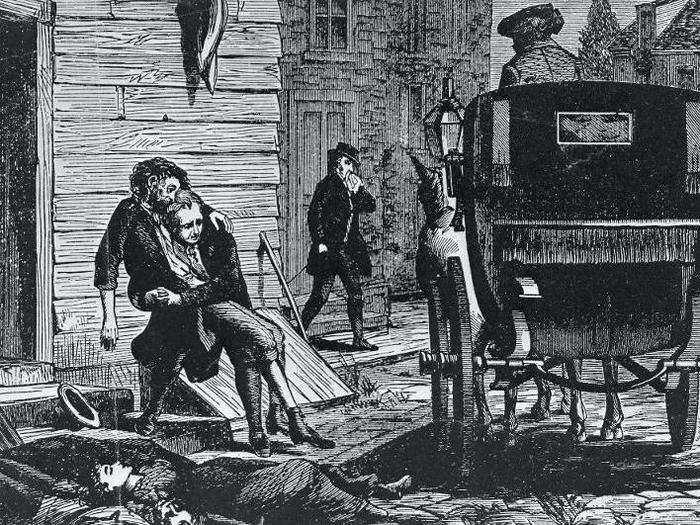
In 1793, an epidemic of yellow fever struck Philadelphia and killed an estimated 5,000 people.
At the height of the crisis, thousands of people were forced to relocate, and the government attempted to contain the disease by quarantining sailors at a hospital outside of the city. This was the first time a quarantine hospital was established in the US, and its name, "Lazaretto," was taken from Lazarus, a Biblical leper Jesus healed.
But these efforts didn't help the outbreak nearly as much as official had hoped. Yellow fever was spread through mosquitoes, and eventually a cold weather pattern proved much more effective in stopping the disease.
In 1832, a cholera epidemic hit New York City.
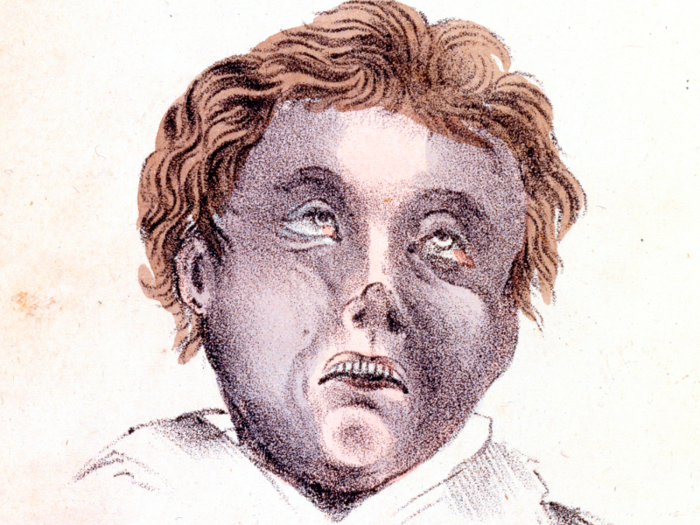
In June 1832, a steamboat arriving from Albany brought news that Cholera had been spreading in Canada. Almost immediately, NYC Mayor Walter Bowne issued a strict quarantine to protect the city, a stipulation that declared no vehicle could come "closer than 300 yards to the city; no vehicle closer than a mile and a half," according to The Virginia Tech Undergraduate Historical Review.
But the quarantine didn't do much to contain the disease. By the end of June, the first case of Cholera was reported in the city, and by the end of the epidemic, over 3,500 people had died. Plus, 70,000 people left New York, spreading the disease to other parts of the country.
A typhus outbreak in New York City showed the country's history of targeting immigrants for quarantining.

In the United States, quarantines have had a history of targeting immigrants for isolation.
In 1892, a typhus fever epidemic broke out among Russian-Jewish immigrants on the Lower East Side of Manhattan. The local health department took hundreds of immigrants into custody, quarantining them in tents on North Brother Island in the East River.
But non-immigrant New Yorkers who got sick or were suspected of having the disease weren't removed from their homes or treated with such harsh isolation.
In 1900, a bubonic plague scare resulted in the quarantine of Chinese immigrants in San Francisco.
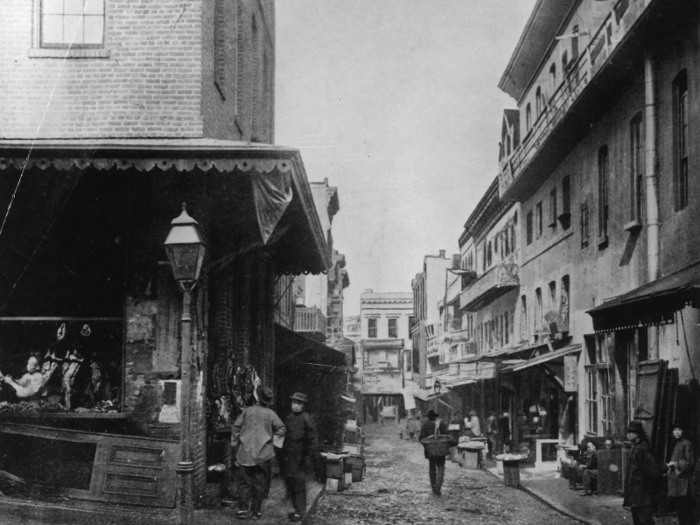
At the turn of the century, authorities in San Francisco targeted Chinese immigrants for quarantine after a man was found dead in the basement of a hotel.
Authorities even "strung rope and barbed wire around a 12-square-block section of Chinatown," NPR reported, holding Chinese immigrants inside while allowing white residents to evacuate.
This quarantine was lifted after a few days, but some Chinese laborers who were forced into isolation lost their jobs.
In 1907, the infamous "Typhoid Mary" was quarantined after making people sick from her cooking.
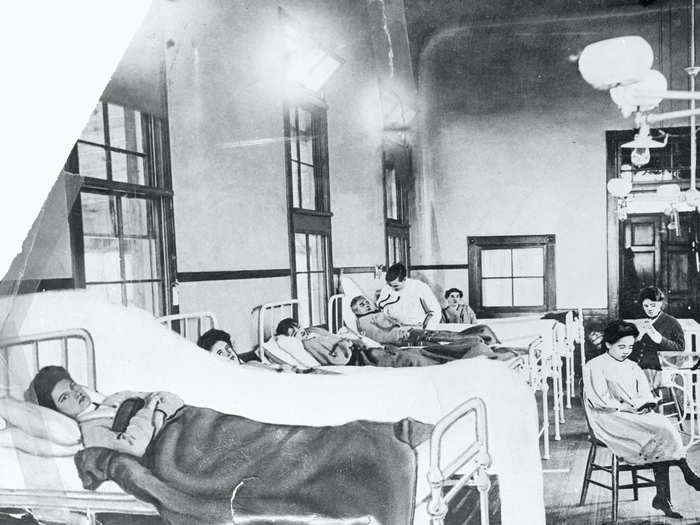
Mary Mallon, known historically as "Typhoid Mary" was an Irish immigrant whose cooking caused an outbreak of typhoid fever, a form of salmonella that can be deadly.
Mallon herself was immune to the disease, but when authorities realized that she had initiated the typhoid fever outbreak in the city, she was sentenced for quarantine at North Brother Island for three years.
Upon her release, she told authorities she would never cook for others and risk the spread of disease again. But after breaking that promise in 1915, she was sent back to the island for a lifelong quarantine of 23 more years.
From 1918-1919, a massive outbreak of influenza resulted in large-scale quarantining in both Europe and the US.

The most severe flu pandemic in recent history killed 50 million people worldwide. About 675,000 Americans died, and during the height of the crisis, nearly every major city made efforts to isolate the infected, cut off public transportation, close down schools, and prevent public gatherings.
While these efforts may have helped the disease from spreading temporarily, millions of people still died, and these methods were largely seen as "hugely socially disruptive," NPR reported.
In 1944, the US passed the Public Health Service Act, establishing a clear set of quarantine laws.
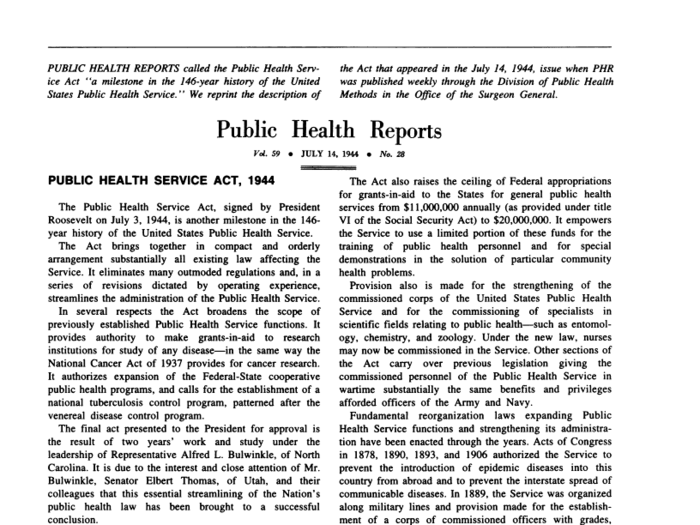
In 1944, the US government established a clear understanding of the federal government's authority to quarantine citizens for the first time.
According to the Centers for Disease Control, the Public Health Service was given the right to prevent the "introduction, transmission, and spread of communicable diseases from foreign countries into the United States."
The CDC still operates under this law to this day.
HIV-positive patients were quarantined throughout Cuba in 1986.

Beginning in 1986, Cuba declared the first cases of HIV/AIDS a public health emergency, and began indefinite and mandatory quarantining of all individuals testing positive for HIV, according to PBS.
Patients were quarantined in treatment centers called "sanitariums," and it wasn't until 1993 that patients could finally choose to return home after completing an eight-week treatment course.
The CDC took over quarantining responsibilities in the US in 1967.

In 1967, the US Centers for Disease Control became the federal agency responsible for executing the nation's quarantines. During this time, there were 55 quarantine stations in the US, located at "every port, international airport, and major border crossing."
In 2003, a global SARS outbreak became "the first pandemic of the 21st century."
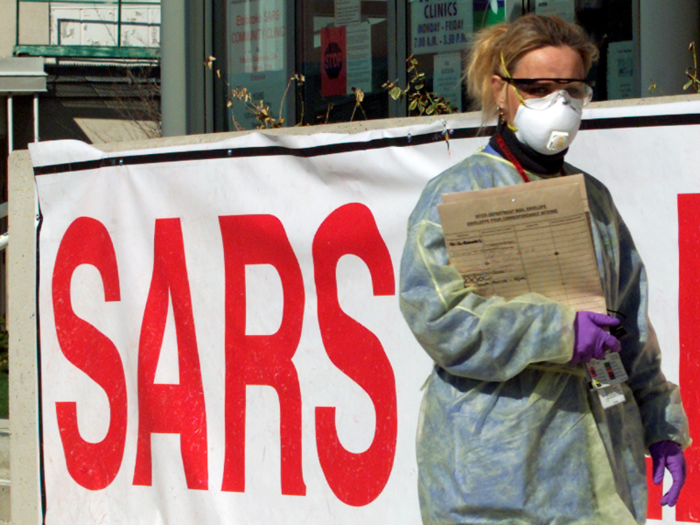
The SARS coronavirus incited worldwide panic and multiple quarantines throughout the early 2000s. The virus originated in China and became known as "the first pandemic of the 21st century."
Though the Chinese government took longer to respond to SARS than the Wuhan virus, eventually cities including Beijing issued travel quarantines that affected thousands of people.
But perhaps the most interesting quarantine during the SARS outbreak happened in Canada, where almost 100 people were quarantined for every case in the country. A shocking 30,000 people were confined to hospitals or their homes in Toronto, even though the city had only 250 reported cases.
A 2014 bubonic plague scare resulted in quarantines in China.
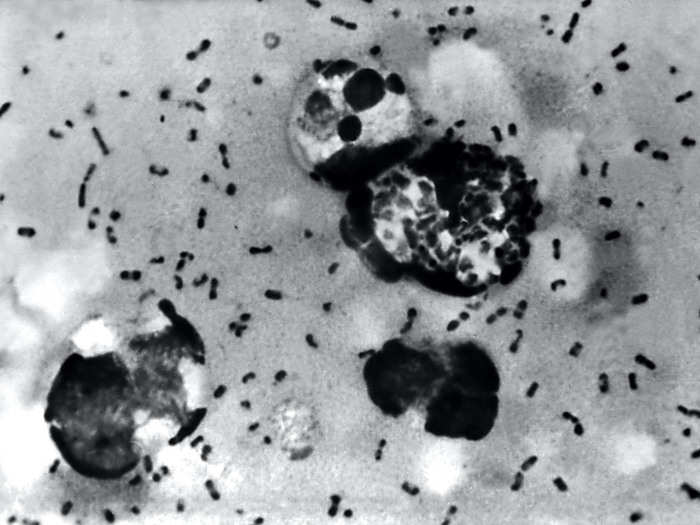
In 2014, a single man was found dead of the bubonic plague in the Chinese city of Yumen, The Guardian reported at the time.
The city of Yumen — which had a population of 30,000 — was put on lockdown, with four quarantine centers set up for precaution, and 151 people who came into contact with the man were placed into immediate quarantine.
But no other cases of the bubonic plague were confirmed, and after just two days, the quarantine was lifted, NPR reported.
From 2014-2016, multiple countries issued quarantines to prevent the spread of Ebola.
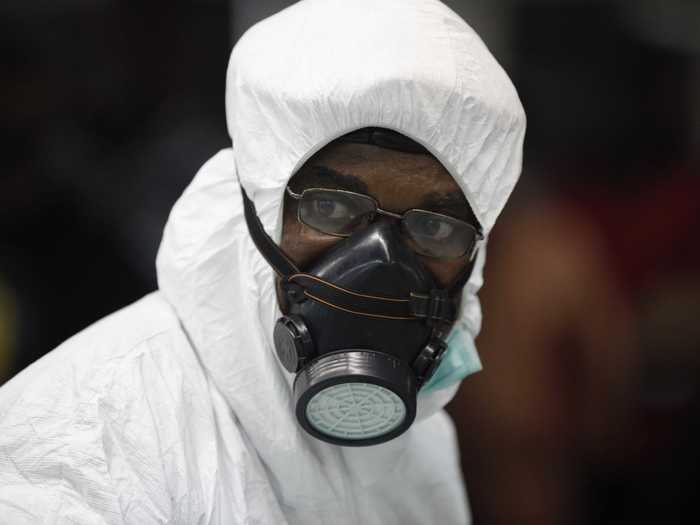
In March 2014, the World Health Organization reported a deadly outbreak of Ebola throughout West Africa. By July, the virus had spread to seven more countries, and quarantines were issued in multiple locations.
The West Point neighborhood of Liberia was supposed to be quarantined for 21 days, the incubation period for the disease, but protests throughout the region ended it halfway through, NPR reported.
In Sierra Leone, people were quarantined for three days, and in the United States, health care workers who may have came in contact with the disease were subject to a 21-day quarantine in a number of states.
By 2016, a total of 28,652 cases of Ebola and 11,325 deaths were reported worldwide.
According to NPR, Doctors Without Borders issued a statement saying: "It has been our experience that lockdowns and quarantines do not help control Ebola, as they end up driving people underground and jeopardizing the trust between people and health providers."
Here's what quarantining looks like in the US today.
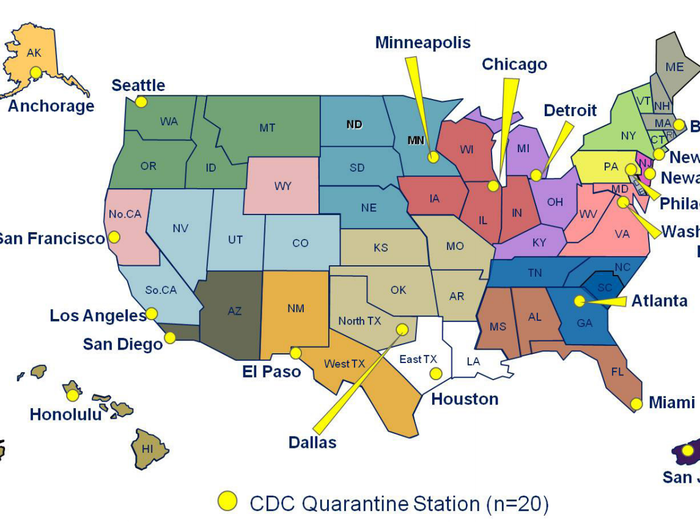
All US quarantines are under control of the Division of Global Migration and Quarantine, a branch of the CDC, which currently has 20 quarantine stations throughout the country.
These stations are located at US ports of entry with the highest amount of international traffic, and operate 24/7.
Health officials screen passengers at airports, and if they identify someone with a highly contagious disease, they can track down anyone that person may have come into contact with so they can quarantine them before the disease spreads.
The Wuhan coronavirus has resulted in the largest quarantine in human history.

China has quarantined 16 cities to try and contain the Wuhan coronavirus, putting an estimated 46 million people on lockdown.
On January 23, authorities in Wuhan shut down the city's public transportation, including buses, trains, ferries, and the airport. Quarantines followed in the cities of Huanggang, Ezhou, Chibi, Xiantao, Zhijiang, Qianjjiang, Huangshi, Xianning, Yichang, Enshi, Xiangyang, Jingmen, Xiaogan, Dangyang, and Suizhou.
But some experts fear the quarantine may have come too late, or could even make the situation worse, by making access to food, fuel, and medical supplies more difficult. The mayor of Wuhan said 5 million people fled the city before the quarantine went into effect, as urban Chinese workers headed home for the Lunar New Year.
Kristin Stapleton, an urban historian who studies Chinese history at the University of Buffalo, told Business Insider's Aria Bendix that she thinks "many people are probably staying put out of fear, both of the coronavirus and of the high-tech community surveillance that has become pervasive in Chinese cities."
The virus, which scientists call 2019-nCoV, has killed 107 people and infected nearly 4,600 in 17 countries as of Tuesday, with the vast majority of cases reported in China.
Popular Right Now
Popular Keywords
Advertisement